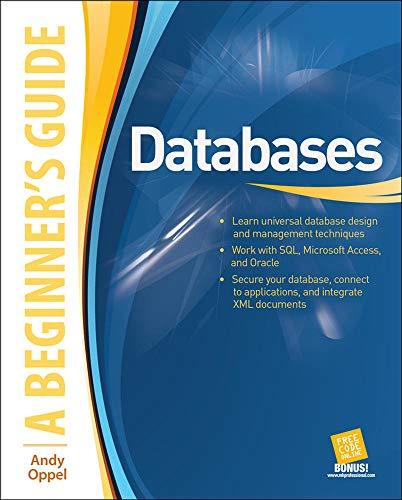I am trying to create a predicate in prolog called sq explained in the first picture below. I have added a picture of my code so far. What I am trying to do for it is use the member function to see if the strings "u","d","r",and "l" are a member of the input list. I already have predicates that check a list to see if they consist of just "u" or "d",r","l" so I am trying to call member to get the first item and then call my other predicates to see if it is either of the strings I am looking for. But this is not working, how can I get my predicate to check the list to make sure it has at least one "u","l","d","r". It does not matter how many of each are in the list as long as one of each is in the list. What I have now fails.


3.3 sq/2 (+) This predicate is included just to point out that without contextual con- straints (e.g., all sides of the same length), the desired class is different. See the examples Prototype: sq(+In, +Leftover) Succeeds if In is a string list representing u"n r"m d'l l'p with string Leftover left over. In our use, Leftover is bound to ], i.e. , parse must 'consume' all of the string Remark: Not really a square, just u'n r'm d'l 1'p. Sample Use. 2- sqCE"u","r", "d","1"],[]) true . false. 11, f acts* / 2 str u("u" 3 str_r("r. 4 str_d("d S str l(" 7 /function that checks to make sure a list only includes "u" and returns the number of "u" n the list*/ 8 uA(1,["u"1,11) :-1 9 UA(L,[HIT],[]): 1 str_u(H), L is L1 L2 13 14 15 /*function that checks to nake sure a list only includes "r" and returns the number of "r" in the list*/ 16 rA(1,0".]) :-1. 17 rA(L,[HIT],[]): 18 str_r(H), 19 A(L1, [H],]) 20 A(L2,T,[), 21 L is L1L2 23 /*function that checks to make sure a list only includes "d and returns the number of "d" in the list* 24 dA(1, ["d"],[1) 25 dA(L, [HIT],[]): 2 str_d(H), 27 dA(L1,[H],) 28 dA(L2,T,[] 29 L is L1 L2 31 /*function that checks to make sure a list only includes "L" and returns the number of "l" in the list*/ 32 LA(1,[) 33 LA(L, [HIT],[) str_l(H), 5 LA(L1, [H],u) L is L1 L2 37 38 39/*this function should check the list and make sure it includes "u","r"u","d 40 if it does not include all of them it should return false, if it has all of them no matterlthe number of each it should return true*/ 41 sq([S],)- menber (x,[S, 42 43 uA(L,X,L) rA(L,x,[), 45 3.3 sq/2 (+) This predicate is included just to point out that without contextual con- straints (e.g., all sides of the same length), the desired class is different. See the examples Prototype: sq(+In, +Leftover) Succeeds if In is a string list representing u"n r"m d'l l'p with string Leftover left over. In our use, Leftover is bound to ], i.e. , parse must 'consume' all of the string Remark: Not really a square, just u'n r'm d'l 1'p. Sample Use. 2- sqCE"u","r", "d","1"],[]) true . false. 11, f acts* / 2 str u("u" 3 str_r("r. 4 str_d("d S str l(" 7 /function that checks to make sure a list only includes "u" and returns the number of "u" n the list*/ 8 uA(1,["u"1,11) :-1 9 UA(L,[HIT],[]): 1 str_u(H), L is L1 L2 13 14 15 /*function that checks to nake sure a list only includes "r" and returns the number of "r" in the list*/ 16 rA(1,0".]) :-1. 17 rA(L,[HIT],[]): 18 str_r(H), 19 A(L1, [H],]) 20 A(L2,T,[), 21 L is L1L2 23 /*function that checks to make sure a list only includes "d and returns the number of "d" in the list* 24 dA(1, ["d"],[1) 25 dA(L, [HIT],[]): 2 str_d(H), 27 dA(L1,[H],) 28 dA(L2,T,[] 29 L is L1 L2 31 /*function that checks to make sure a list only includes "L" and returns the number of "l" in the list*/ 32 LA(1,[) 33 LA(L, [HIT],[) str_l(H), 5 LA(L1, [H],u) L is L1 L2 37 38 39/*this function should check the list and make sure it includes "u","r"u","d 40 if it does not include all of them it should return false, if it has all of them no matterlthe number of each it should return true*/ 41 sq([S],)- menber (x,[S, 42 43 uA(L,X,L) rA(L,x,[), 45








